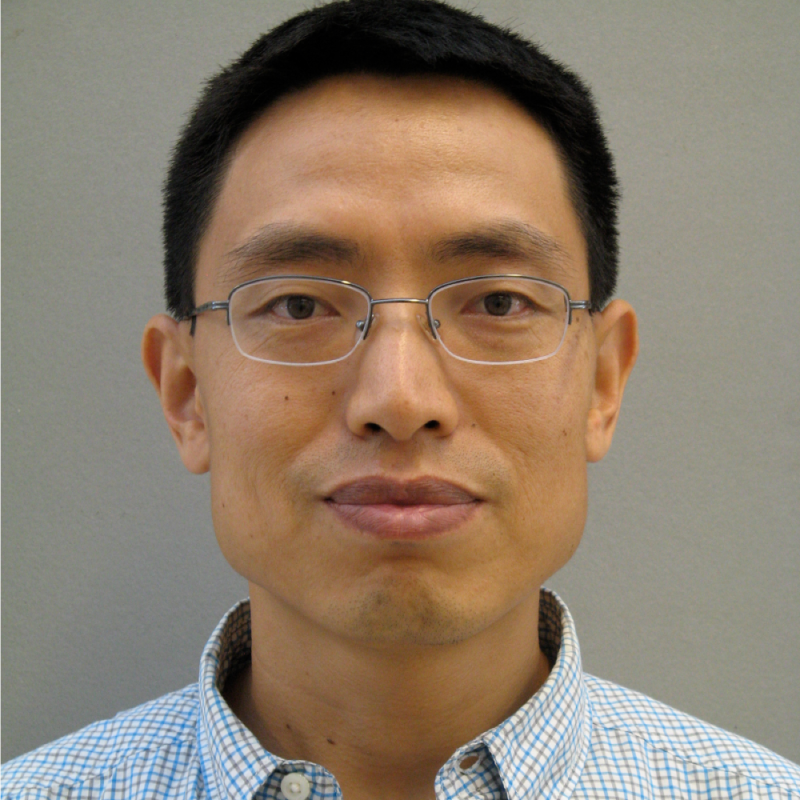Science and Applications Team 3
The goal of the PACE Science and Applications Team (SAT) is product development that further enables basic and applied research using PACE data. SAT members are developing data products, applications, and models to help address existing informational gaps or science questions across disciplines and at different Earth System interfaces using PACE data.
The SAT is retrieving new and/or improved data products from the satellite’s instruments (OCI, HARP2, and SPEXone). This includes development of novel geophysical variables and integration of PACE data records into Earth System models.
Science and Applications Leadership


NASA Goddard Space Flight Center
PACE Science and Applications Team Deputy Lead, Project Science Discipline Lead (Ocean Color Instrument - Atmosphere)
Science and Applications Team

University of South Florida
Spatiotemporally-based PACE algorithms for improved optically shallow water retrievals and global applications

Woods Hole Oceanographic Institution
Sensing Earth's Algal Wellness to Evaluate Environmental Drivers (SEAWEED)

Columbia University
PolArimetric RetrievAls of Biomass-burning aerosols Over LAnd (PARABOLA)


California Institute of Technology
BAYFLUOR: Bayesian Full-Spectrum Fluorescence Retrieval

University Corporation For Atmospheric Research (UCAR)
Advanced air quality forecasting through coupled data assimilation of hyperspectral PACE aerosol retrievals and all-sky radiances from multiple satellite-based sensors


University of Maryland Baltimore County
PACE Terrestrial Products – a New View of Ecosystem Distributions, Phenology, and Function

School of Geosciences, University of Louisiana at Lafayette
Future Scenarios of Phytoplankton and Harmful Algal Bloom Dynamics in the Mississippi-Atchafalaya River System: Leveraging PACE, Optics-Inspired Deep Learning and Coupled Modeling

University of Maryland Baltimore County
Advancement of the PACE Polarimetric and Spectral Cloud Retrieval Algorithms for HARP-2 and OCI

Florida Atlantic University (FAU)
Refinement and advancement of the ZTT semi-analytic algorithm for PACE

SCIENCE SYSTEMS AND APPLICATIONS, INC.
Fresh and coastal water product refinement and extension for the PACE observation suite

Terra Research Inc
Polarimetric retrievals of surface and aerosol parameters in polar regions from PACE multi-sensor observations


University of Maryland Baltimore County
Maintenance and development of radiative transfer and remote sensing algorithms for the PACE instruments

University of Maryland Baltimore County
Retrieve the properties of above-cloud smoke aerosols and their spectrally-resolved direct effects in SE Atlantic region from PACE observatory

